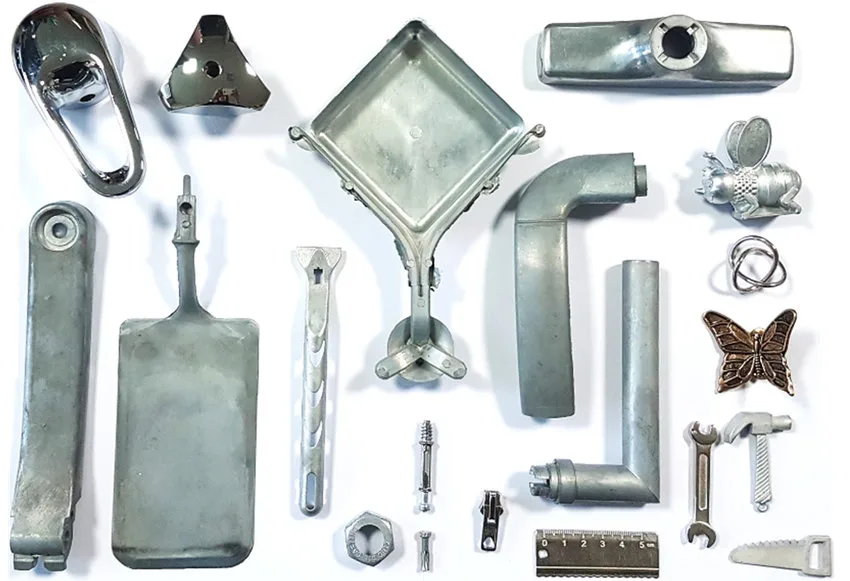In the world of material science, there is one element that shines brightly when it comes to versatility and potential: zinc. This remarkable metal has quietly become a powerhouse in various industries, offering a wide range of applications that have revolutionized everything from construction to electronics. With its unique blend of strength, corrosion resistance, and malleability, zinc has become an indispensable component in the creation of alloys, coatings, and even batteries. Its ability to protect against rust and offer exceptional conductivity has made it a favorite among manufacturers and engineers alike. From the aerospace industry, where zinc alloys are used to create lightweight yet sturdy components, to the automotive industry, where zinc coatings provide unparalleled protection against corrosion, the power of zinc knows no bounds. As researchers continue to unlock the full potential of this remarkable metal, its impact on material science is only set to grow. So, whether you’re an engineer looking for innovative solutions or a consumer benefitting from zinc-infused products, it’s time to embrace the versatile power of zinc in all its glory.

Properties and Characteristics of Zinc
Zinc is a bluish-white metal known for its excellent combination of physical and chemical properties. It is relatively lightweight, with a density of 7.14 grams per cubic centimeter, and has a melting point of 419.5°C (787.1°F). Zinc is also highly malleable and ductile, allowing it to be easily formed into various shapes without breaking. Its standout feature, however, is its corrosion resistance. When exposed to air, zinc forms a protective layer of zinc carbonate, which shields the underlying metal from further oxidation. Additionally, zinc has good electrical conductivity and is non-magnetic, making it suitable for a wide range of electrical applications.
Applications of Zinc in Various Industries
Zinc’s versatility has led to its widespread use across numerous industries:
- Construction: Zinc is used in galvanizing steel to prevent rusting, making it essential for constructing durable buildings and infrastructure.
- Automotive: Zinc coatings protect car parts from corrosion, extending the life of vehicles and reducing maintenance costs.
- Electronics: Due to its excellent conductivity, zinc is used in batteries, particularly in zinc-carbon and zinc-air batteries.
- Aerospace: Zinc alloys provide a balance of strength and lightness, crucial for manufacturing aircraft components.
- Healthcare: Zinc’s antimicrobial properties make it useful in medical devices and health products.

Zinc Alloys and Their Uses
Zinc is often combined with other metals to create alloys that enhance its properties:
- Brass: An alloy of zinc and copper, used for musical instruments, decorative items, and plumbing fixtures due to its durability and aesthetic appeal.
- Zinc-Aluminum (ZA) Alloys: Known for their high strength and toughness, these alloys are used in die casting for automotive and industrial components.
- Nickel Silver: An alloy of zinc, copper, and nickel, used for cutlery, coins, and marine hardware, prized for its corrosion resistance and silver-like appearance.

Advances in Zinc Coating Technologies
Recent advancements in zinc coating technologies have significantly improved their efficiency and effectiveness:
- Hot-Dip Galvanizing: This traditional method involves dipping steel into molten zinc, creating a robust protective layer.
- Electroplating: An electrochemical process that applies a thin layer of zinc to a metal surface, providing precise control over coating thickness.
- Zinc-Rich Paints: These coatings contain a high percentage of zinc dust and are used to protect large steel structures like bridges and pipelines.
Zinc’s Role in Corrosion Protection
Zinc’s ability to prevent corrosion is one of its most valuable properties. When used as a coating, zinc sacrifices itself to protect the underlying metal through a process called galvanic corrosion. This means that even if the coating is scratched, the exposed steel will still be protected by the surrounding zinc. This makes zinc-coated steel ideal for harsh environments, such as coastal areas and industrial settings.
Sustainable Aspects of Zinc in Material Science
Zinc is not only versatile but also sustainable. It is 100% recyclable without any loss of properties, making it an environmentally friendly choice. The recycling process for zinc requires significantly less energy compared to the production of new zinc from ores, reducing its overall carbon footprint. Furthermore, the use of zinc in prolonging the life of products contributes to sustainability by reducing waste and the need for frequent replacements.
Future Trends and Innovations in Zinc-Based Materials
Research and development in zinc-based materials continue to yield promising innovations:
- Nano-Zinc: Nanotechnology is being used to create zinc nanoparticles with enhanced properties for use in electronics, medicine, and environmental applications.
- Zinc-Based Batteries: Advances in zinc-air and zinc-ion batteries offer potential for safer, more efficient energy storage solutions compared to traditional lithium-ion batteries.
- Smart Coatings: Development of zinc coatings that can self-heal or change properties in response to environmental conditions is underway, promising even greater protection and longevity.
Challenges and Limitations of Using Zinc in Material Science
Despite its many advantages, zinc does have some limitations:
- Brittleness at Low Temperatures: Zinc can become brittle at temperatures below 150°C (302°F), limiting its use in extremely cold environments.
- Corrosion in Certain Conditions: While zinc is highly resistant to corrosion, it can still corrode in acidic or highly alkaline environments.
- Cost Fluctuations: The price of zinc can be volatile, affecting the cost-effectiveness of its use in some applications.
Conclusion: The Bright Future of Zinc in Material Science
The versatile power of zinc continues to make a significant impact in material science and various industries. Its unique properties, combined with ongoing advancements and sustainable benefits, ensure that zinc will remain a critical material for future innovations. As researchers and engineers unlock new applications and improve existing technologies, the bright future of zinc in material science is set to shine even brighter. Embracing the potential of zinc can lead to more durable, efficient, and sustainable solutions in our everyday lives and beyond.
Related: Zinc (Zn)
